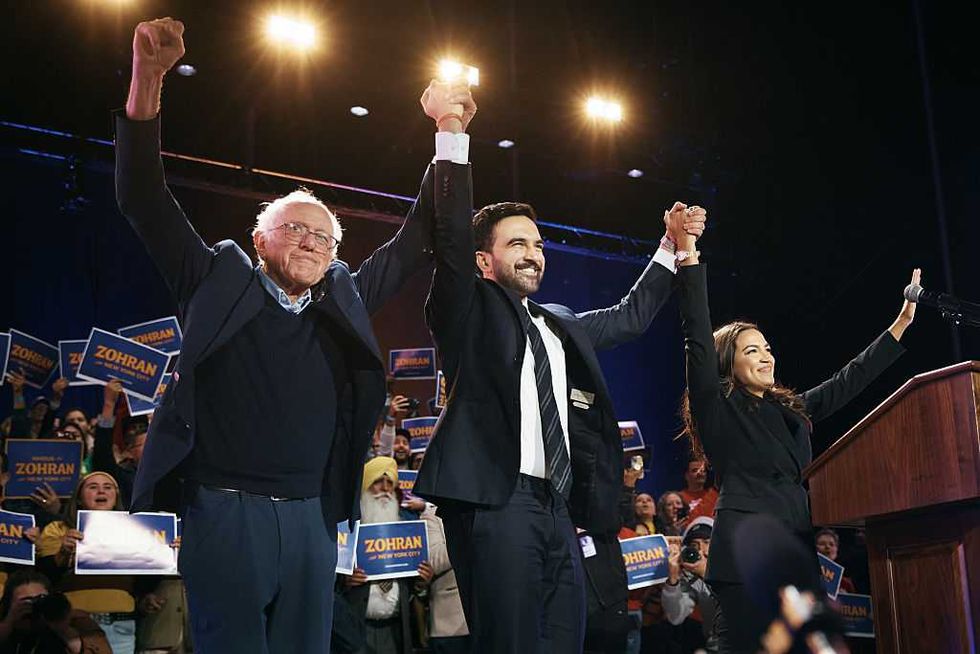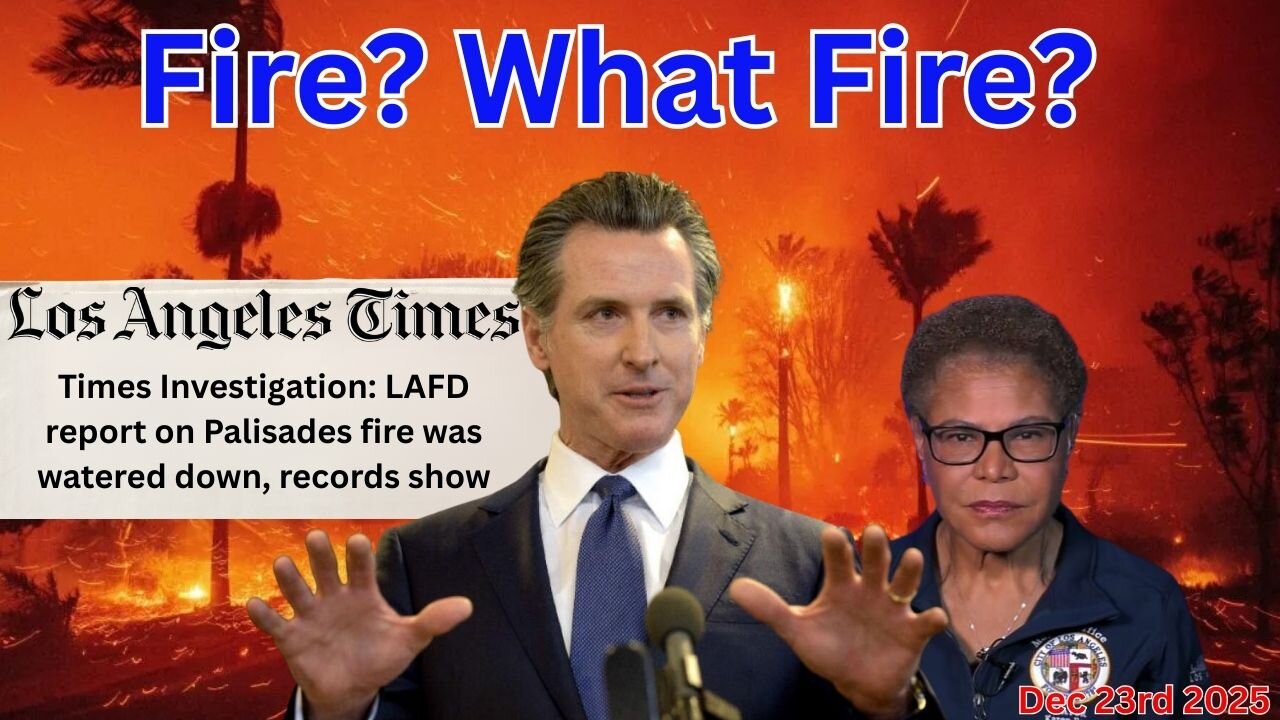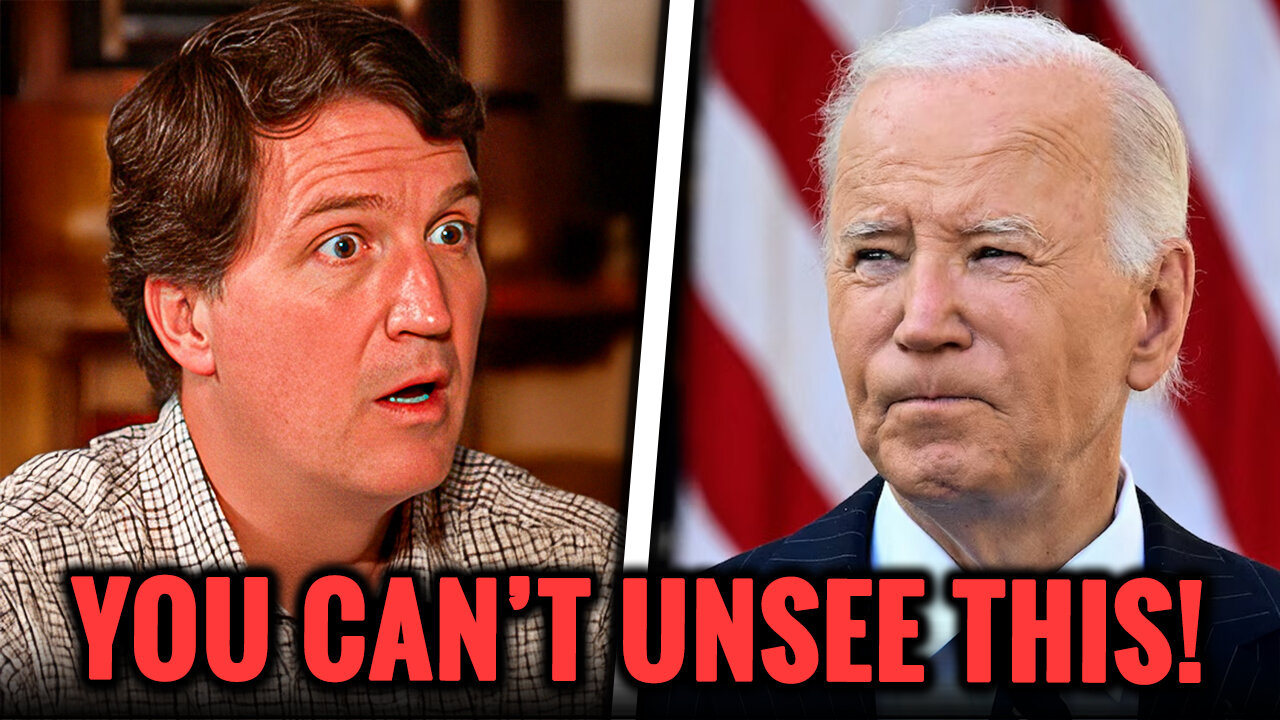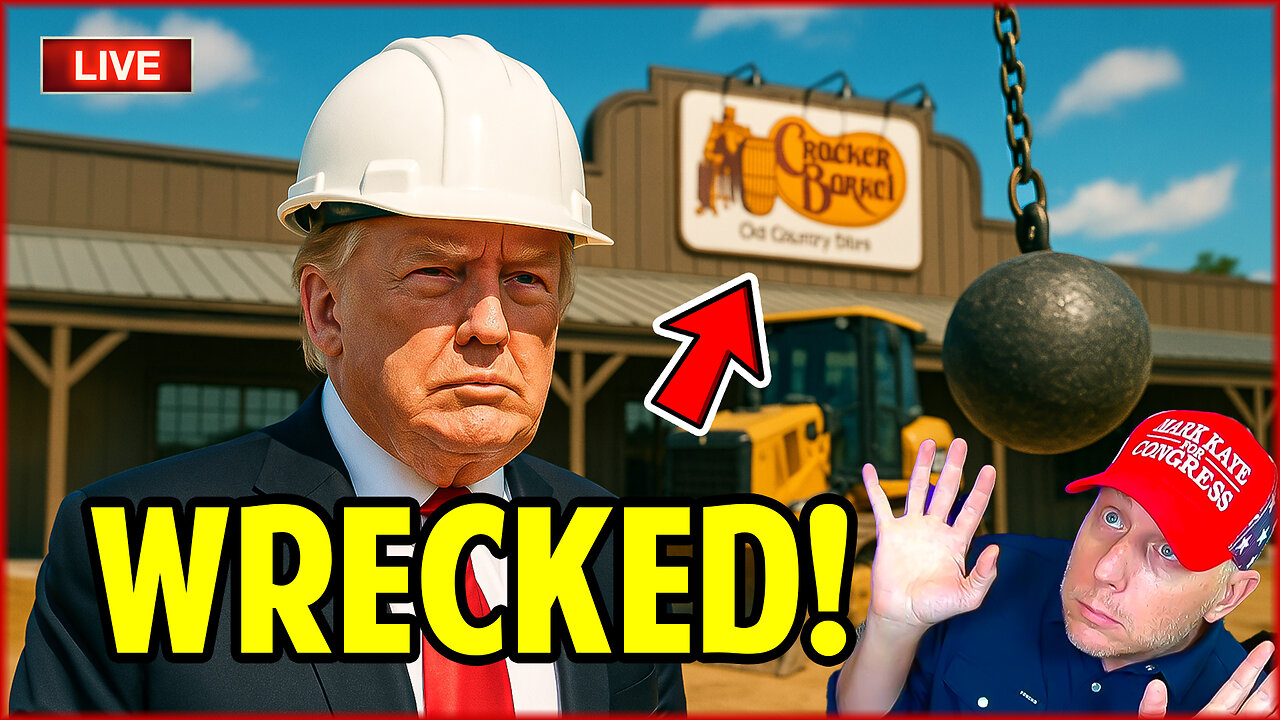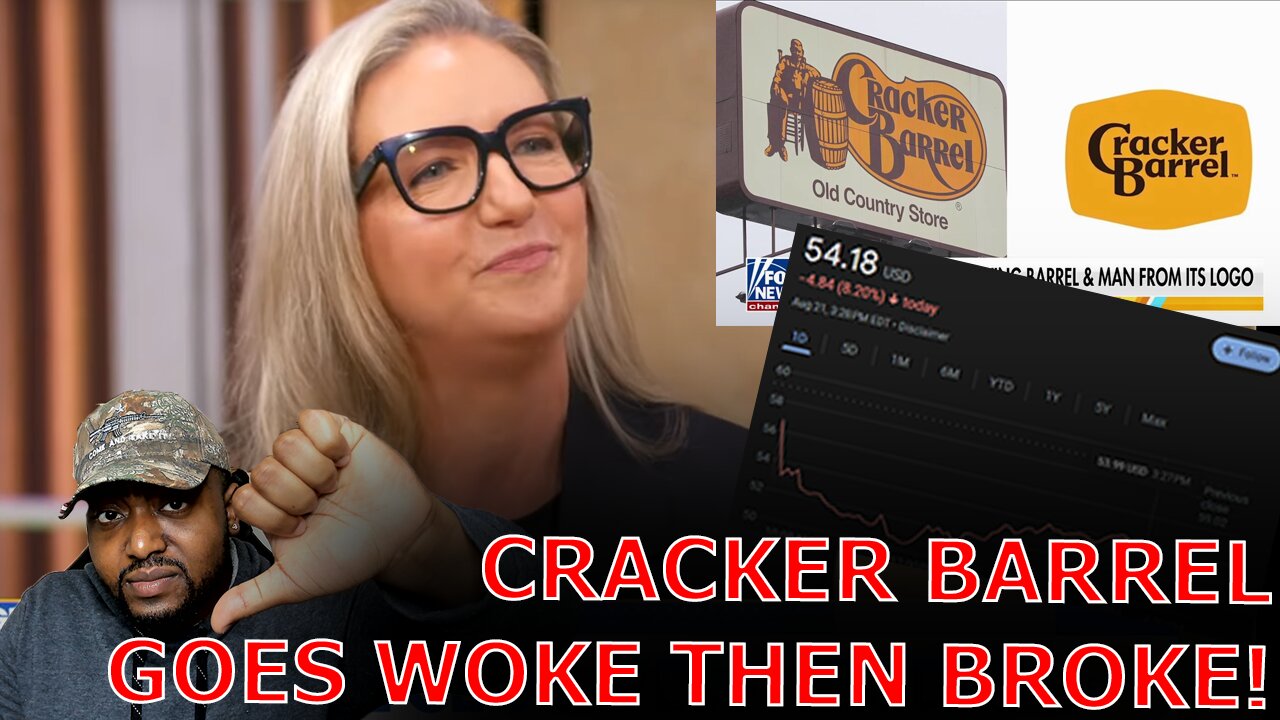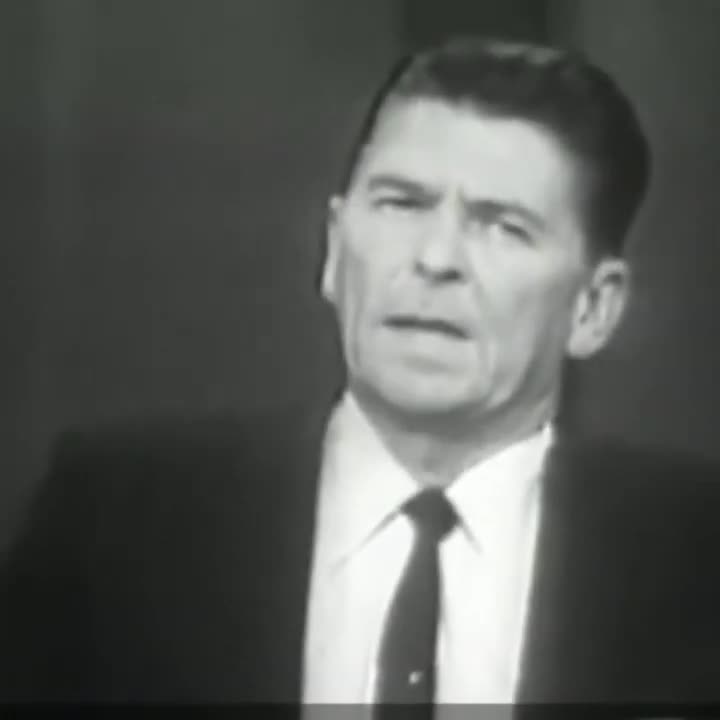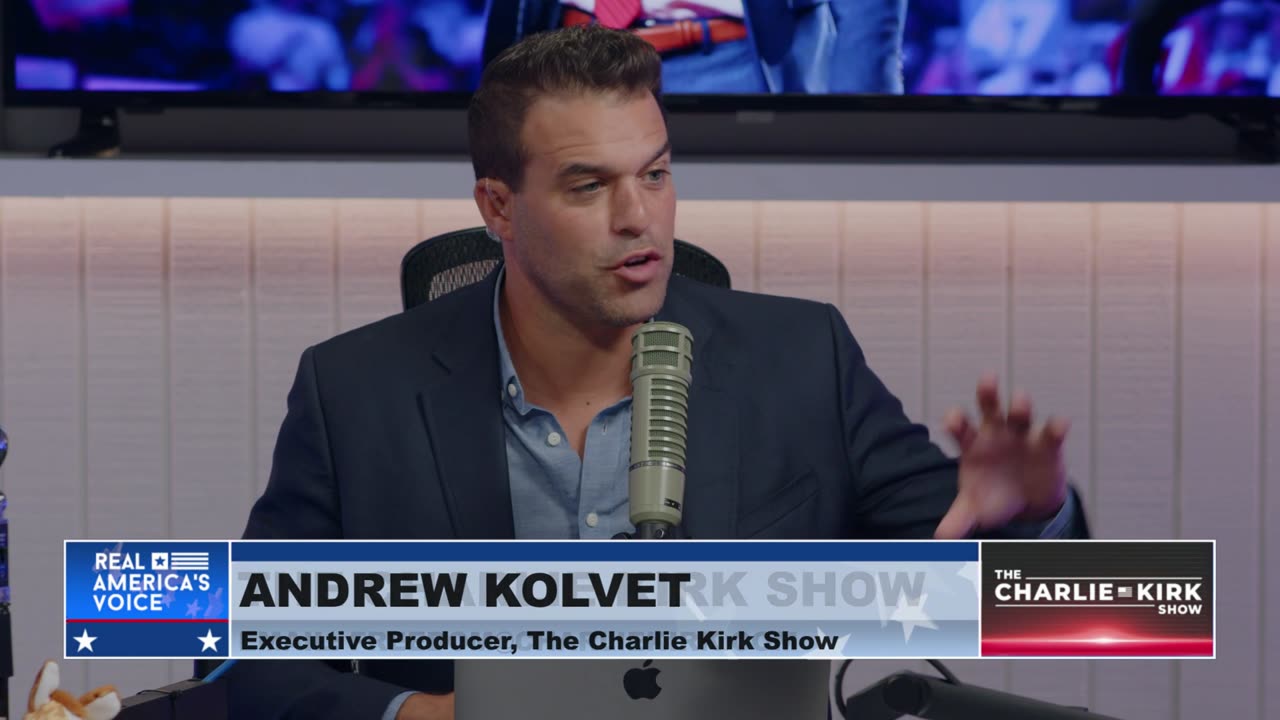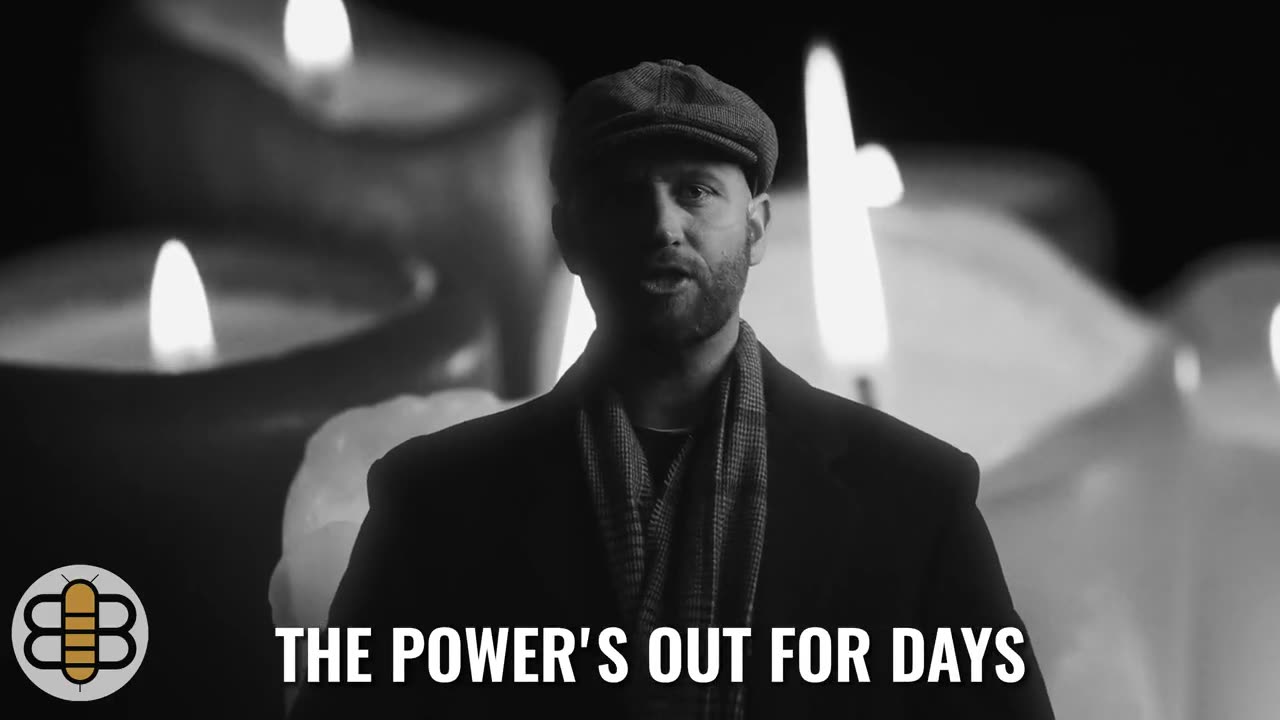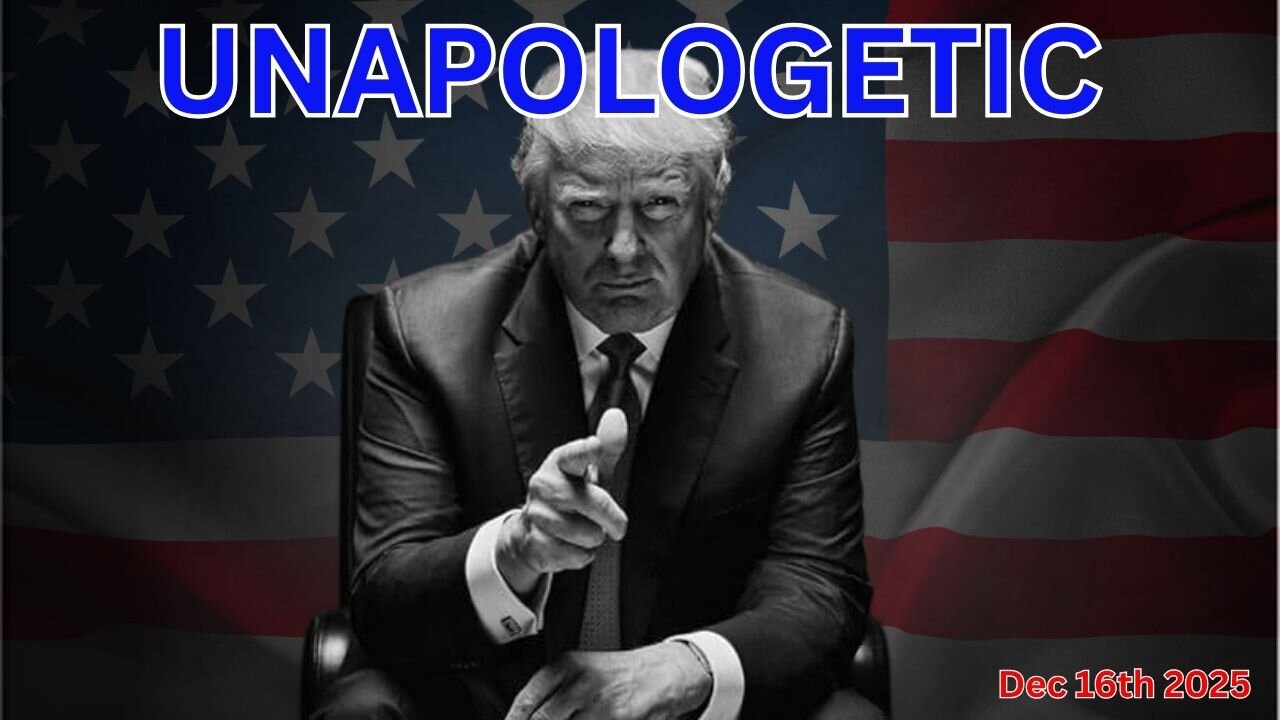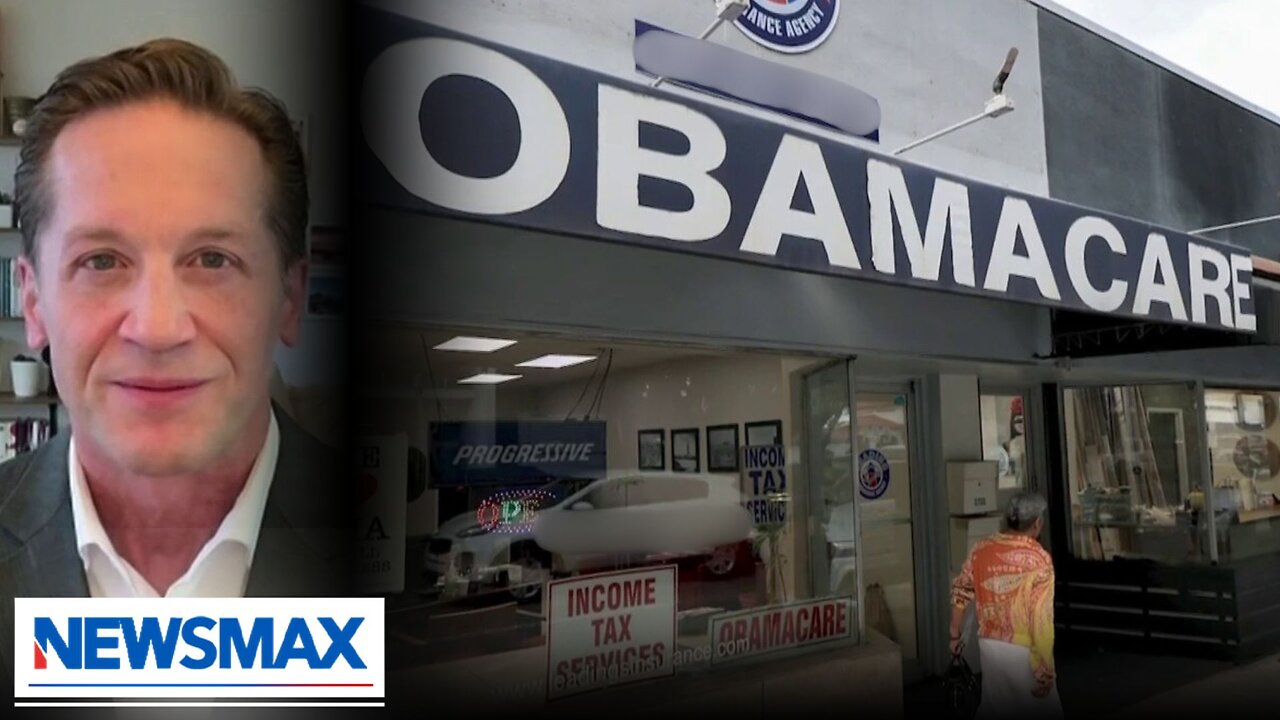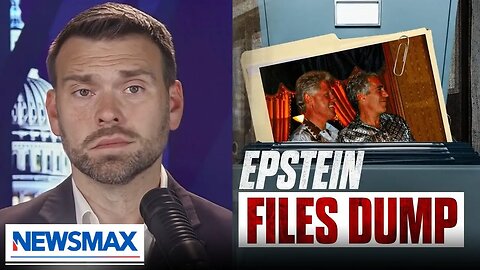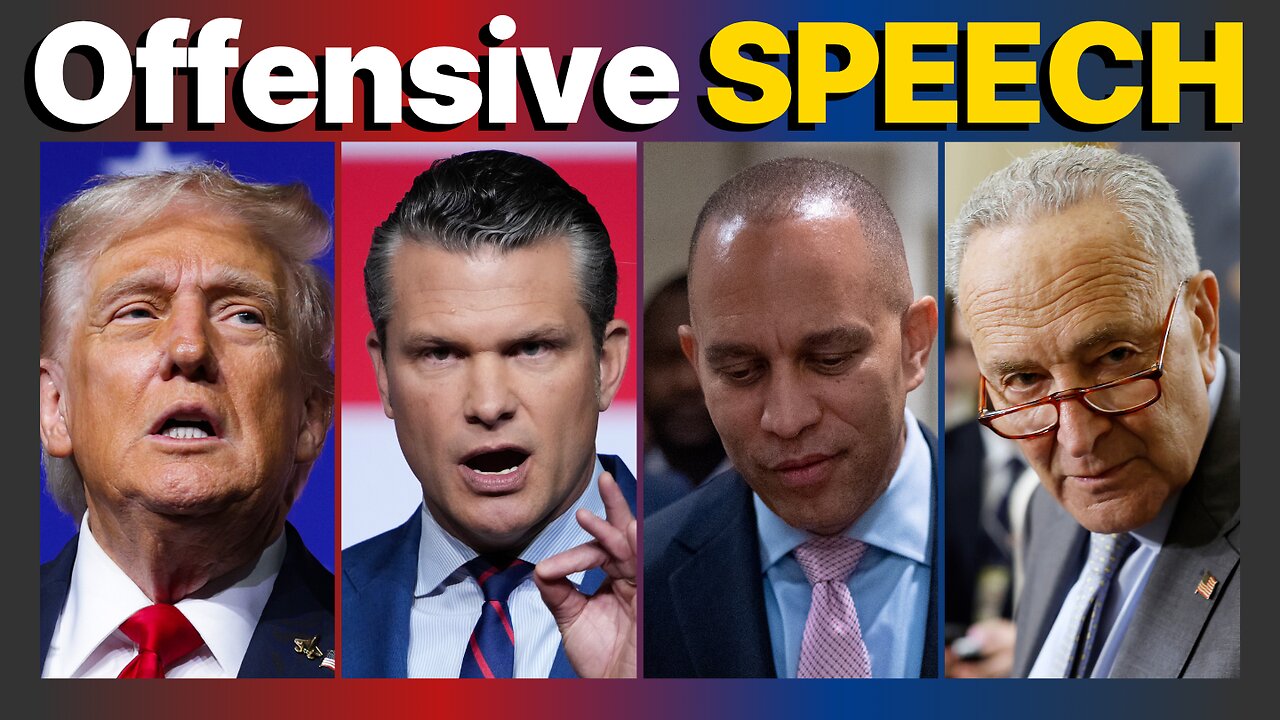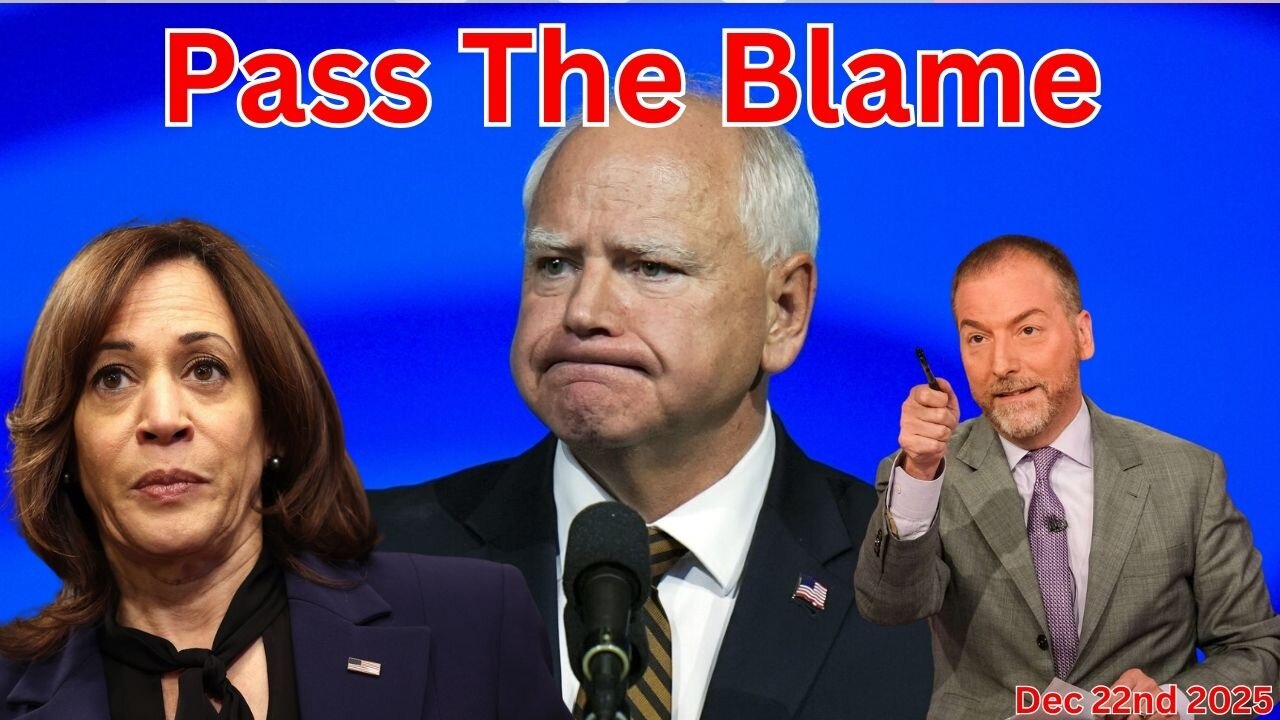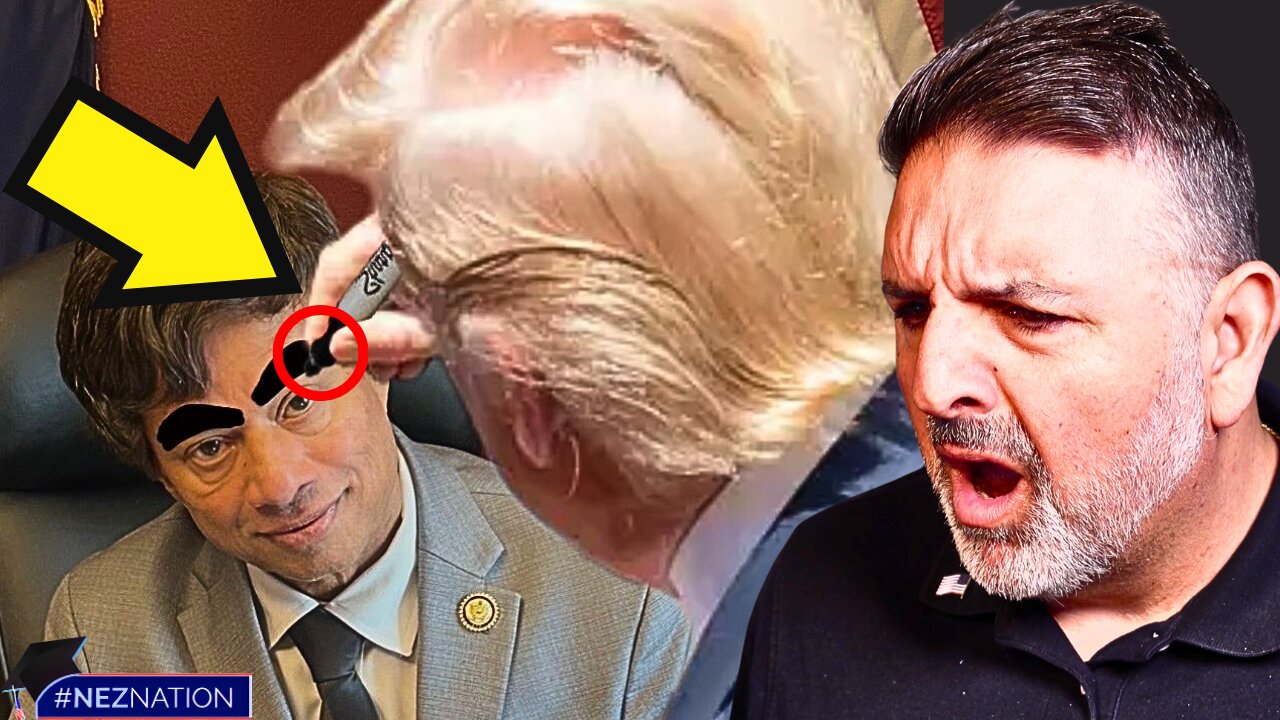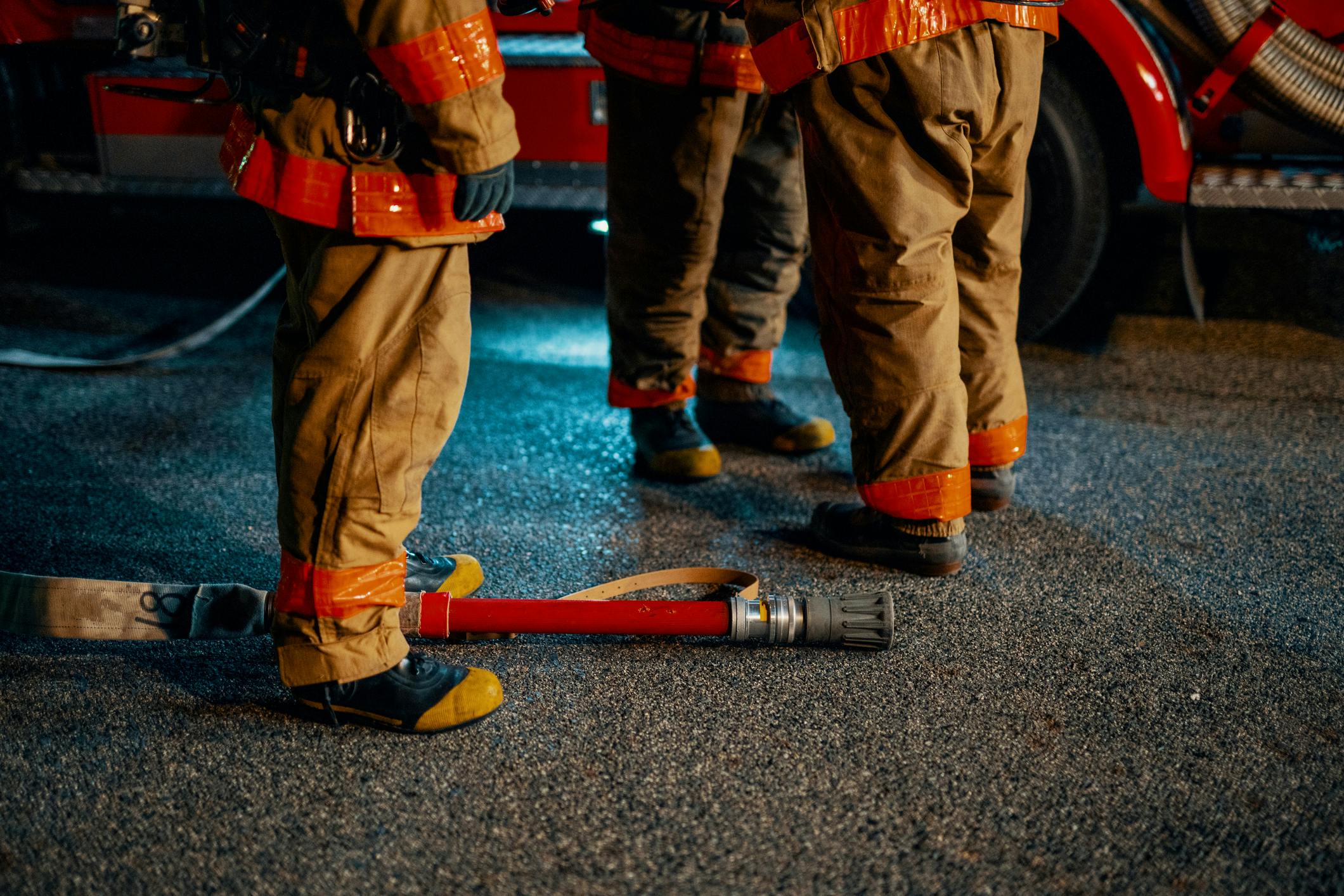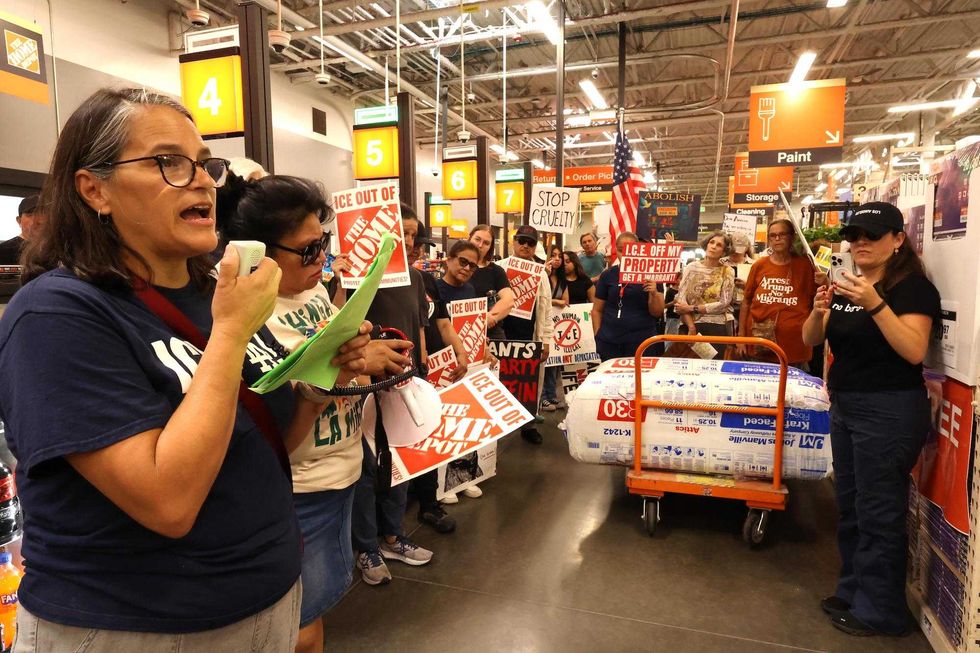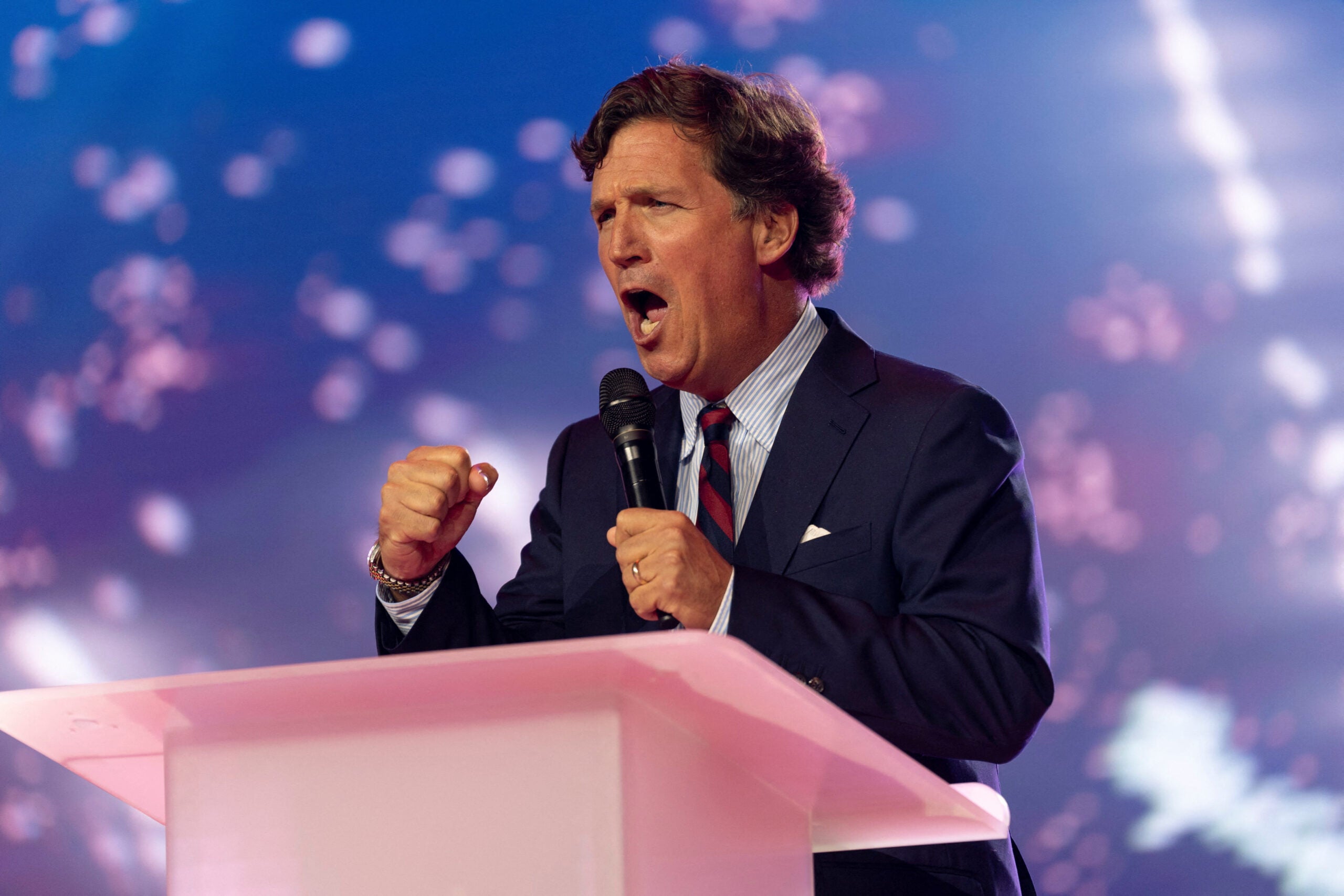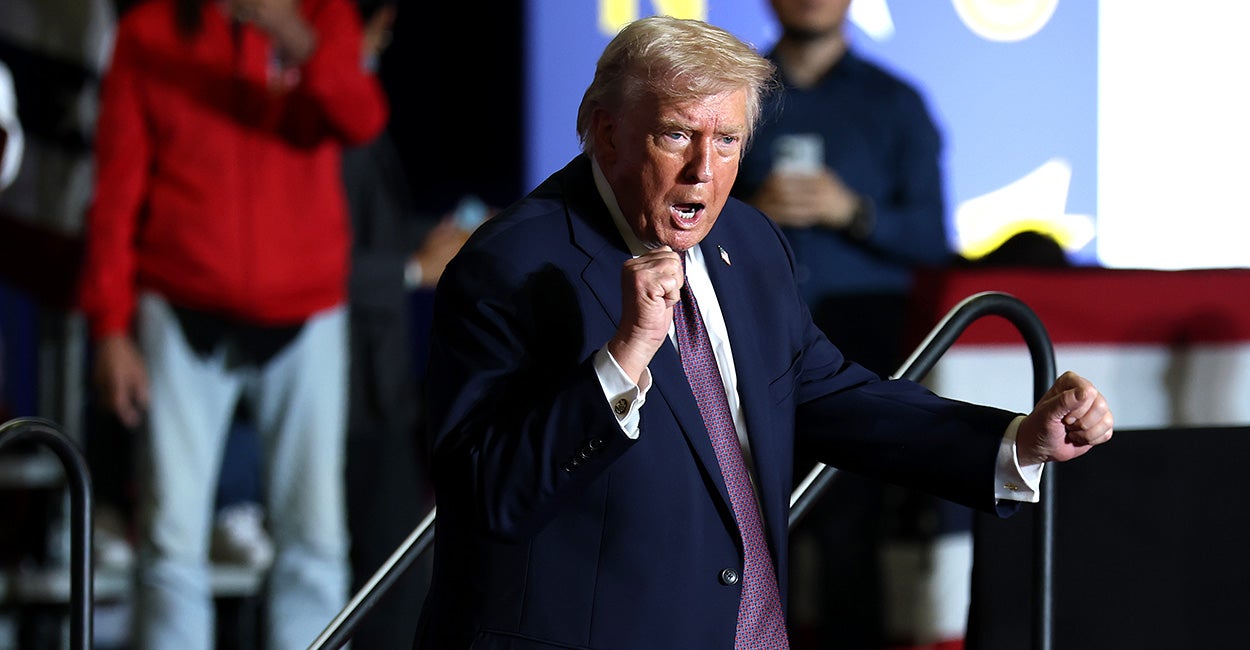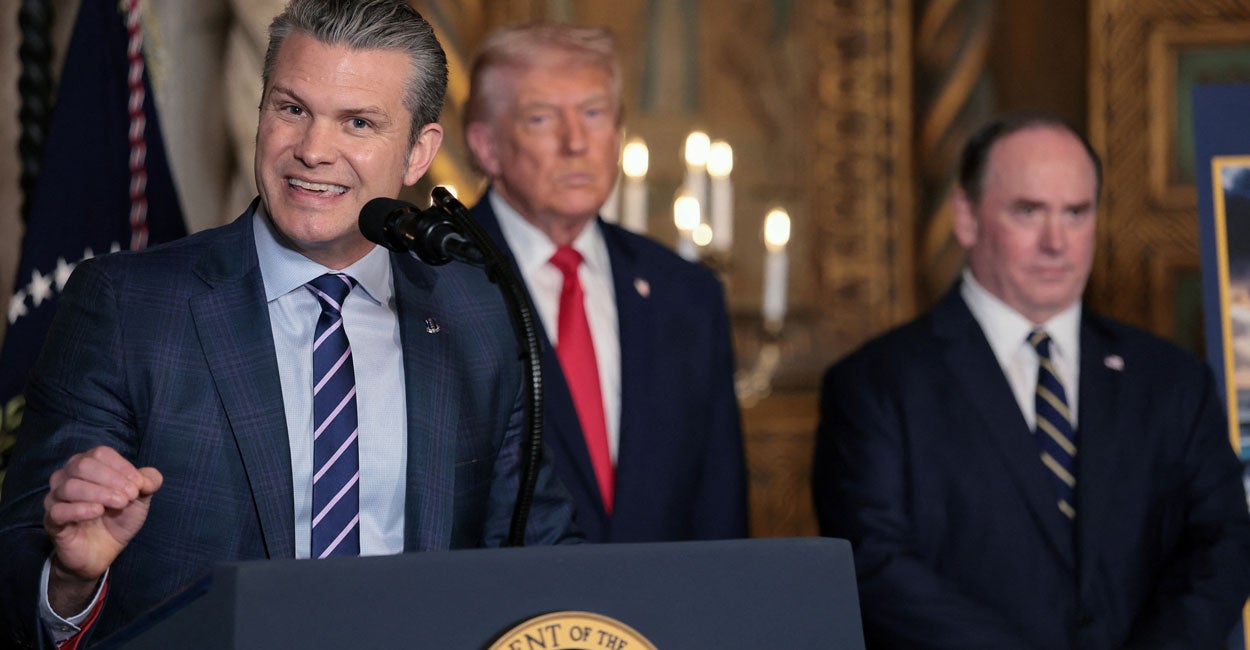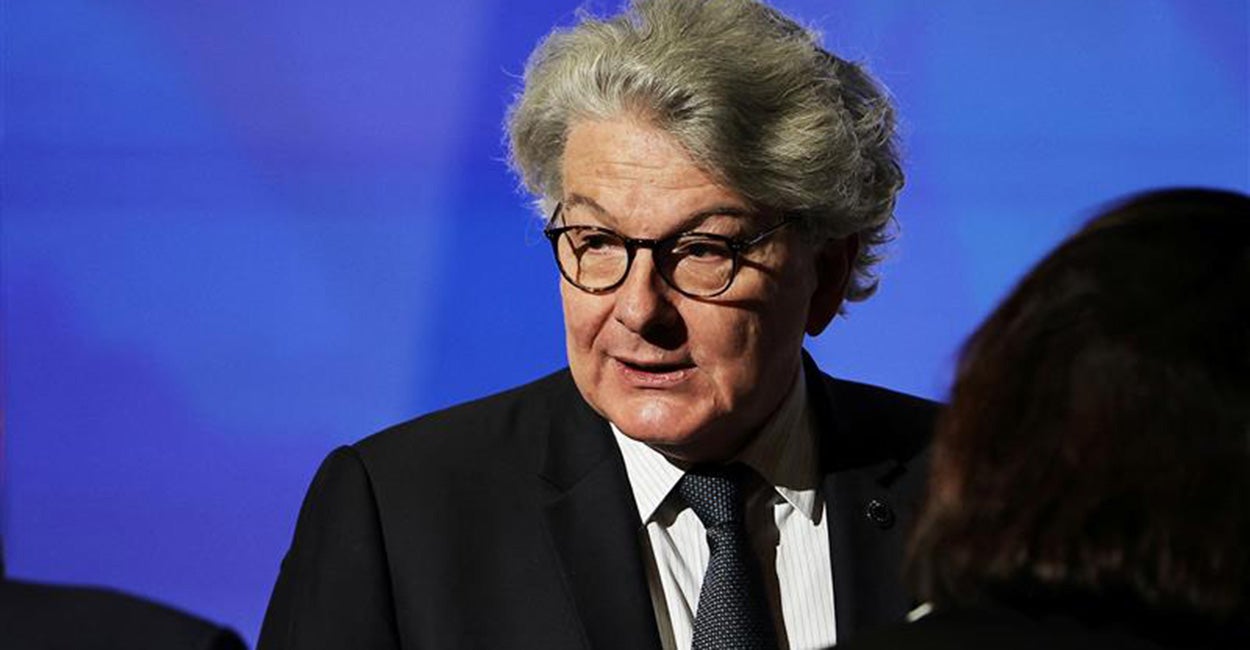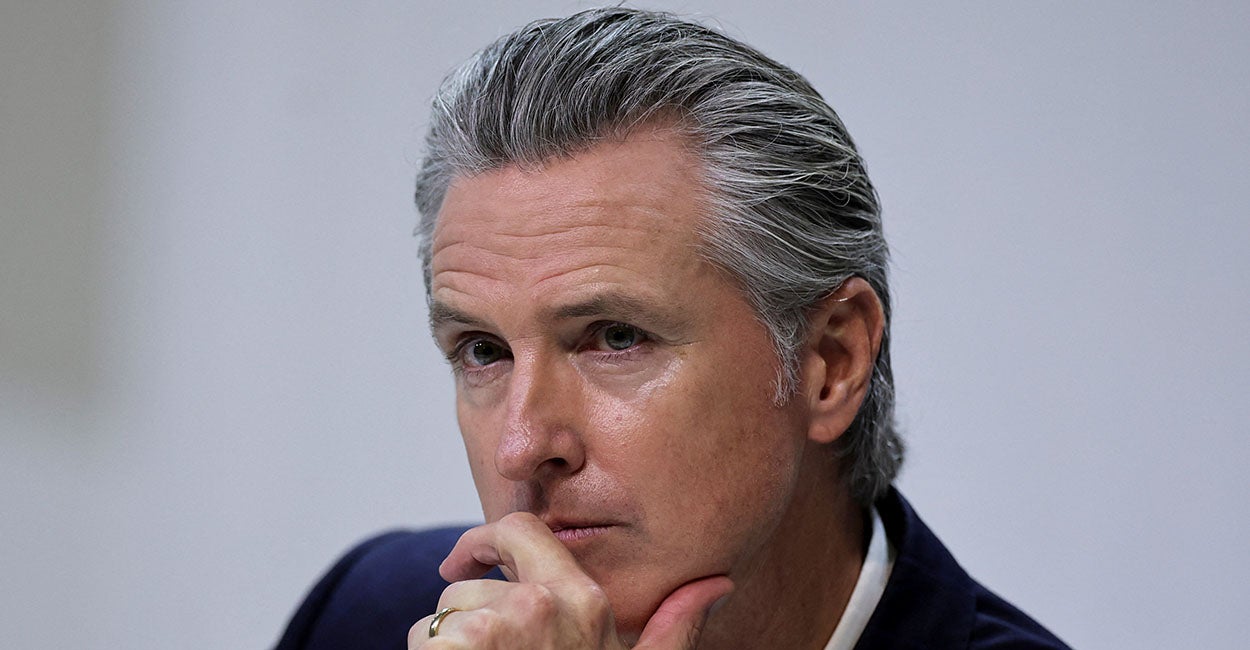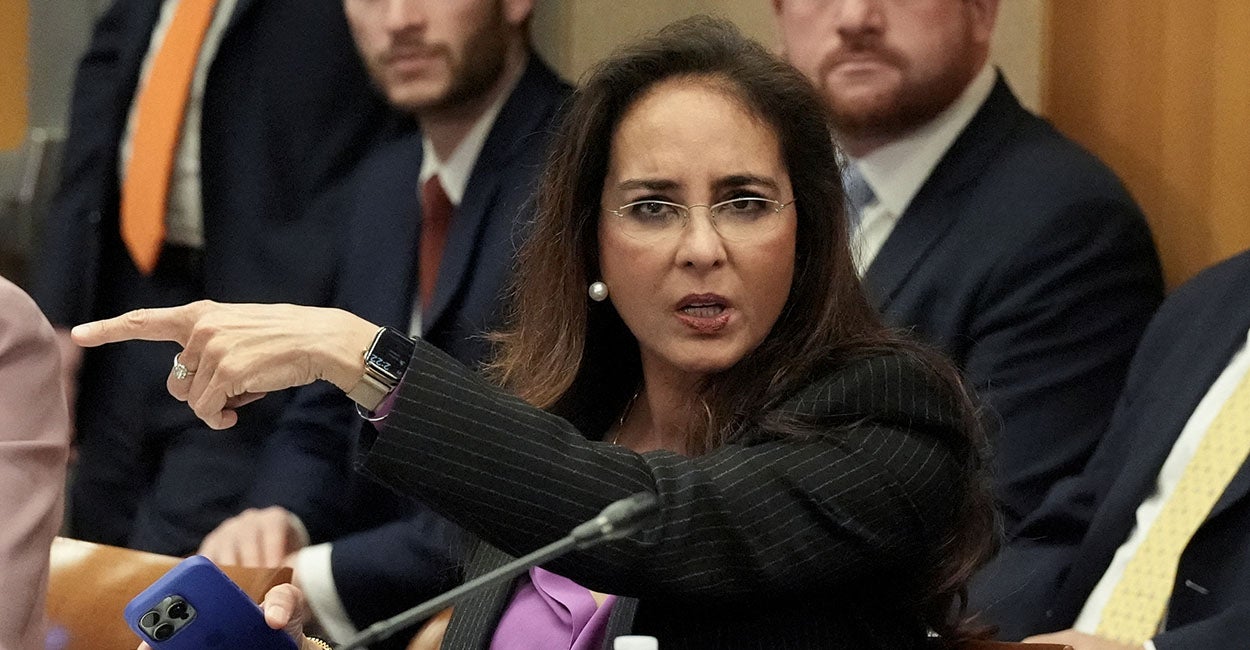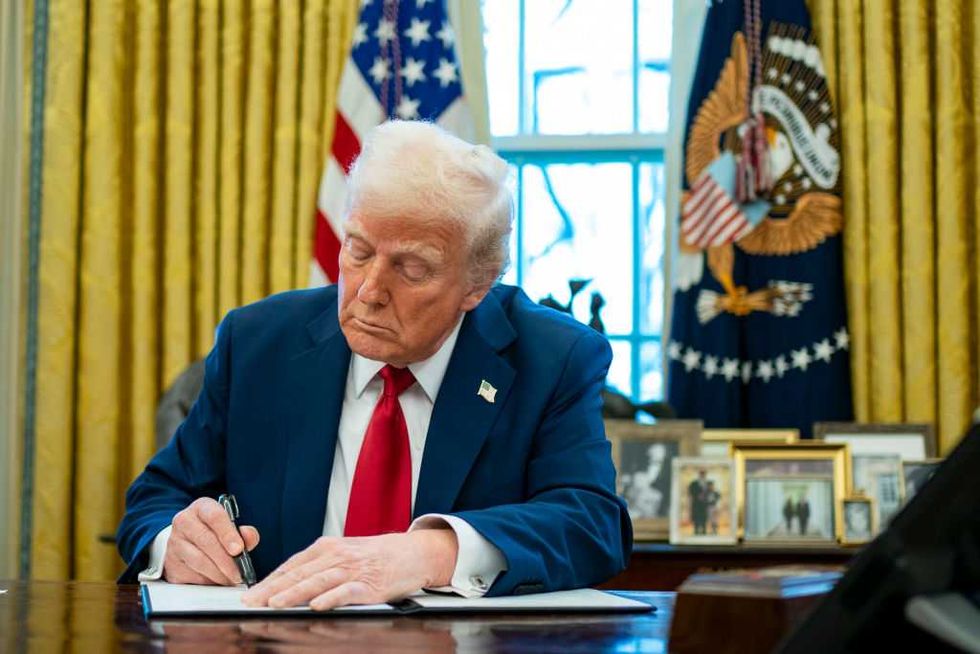Making Automobiles Great Again

In all the hoopla about the One Big Beautiful Bill, one provision went completely overlooked—but that provision is now primed to usher in the rebirth of the great American car.
Live Your Best Retirement
Fun • Funds • Fitness • Freedom
But first, a little history.
Back in 1975, in a panic over the Arab oil embargo and phony predictions that the world was running out of oil, Congress passed the Energy Policy and Conservation Act. That bill gave government bureaucrats the power to set “corporate average fuel economy” standards for cars sold in the U.S.
Under the rule, if all the cars sold by an automaker in a given year failed to meet the government’s miles per gallon target, the company would pay massive fines.
The standard started at 18 mpg in 1978 and quickly rose to 27 mpg in just six years.
Although these rules are little known to the public, what they produced was an unmitigated disaster that caused thousands of needless highway deaths, raised car prices, and didn’t end up saving that much fuel.
Killed drivers.
Since the easiest way to extend a car’s mileage is to make it smaller and lighter, Detroit radically downsized its fleet. Wheelbases became shorter, engines became less powerful, and any design features that looked good but added weight were jettisoned. The classic Cadillac Coupe de Ville, for example, saw its wheelbase shrink by almost nine inches and its weight drop by 1,000 pounds between 1974 and 1977. GM dropped that car model entirely in 2005.
Because smaller and lighter cars are less safe, this radical downsizing resulted in thousands of excess deaths. A 1988 study found that traffic fatalities were as much as 27% higher in 1985 because the standards had forced car makers to build smaller cars.
Benefited imports.
Federal mileage mandates were a gift to foreign carmakers, which typically made smaller cars—helping them at the expense of domestic manufacturers who sold large cars like station wagons. The share of imports went from 15% to more than 25% in just four years.
Distorted the market.
Not only that, but because the law imposed different standards on cars and trucks, it perversely led to an explosion of gas-guzzling minivans (introduced in 1984) and SUVs, which were the only way car makers could meet consumer demand for large cars while complying with the standards. Today’s Cadillac Escalade, for example, has the same wheelbase as the 1974 de Ville and gets about the same gas mileage.
As a result of this market distortion, overall fuel economy declined from 1990 to 2004—even as the fuel economy standards were being raised.
That shift didn’t just cut the effectiveness of the fuel economy mandate—it also adversely impacted safety. While SUVs and trucks are safer than passenger cars, the weight differential between the two meant more deaths in passenger cars.
Raised costs.
Further, the fuel economy standards significantly added to the cost of cars. To meet the mandate, car makers had to sell more small cars than car buyers wanted, which meant discounting compacts while raising the price of larger cars. And because automakers could rarely hit the mileage targets, they paid hundreds of millions in fines. Last year, for example, Chrysler alone paid $190 million in these fines.
Despite these problems, the rules seemed impervious to repeal. President Reagan wanted to get rid of them but managed only to hold the line on future increases. His successors, Republicans and Democrats alike, proceeded to jack them up.
In 2012, President Obama issued a rule setting a 54.5 mpg standard by 2025—a fuel efficiency that no car, not even hybrids, came close to meeting. And while President Trump tried in his first term to dial this back, President Biden ratcheted standards up so high that car makers would have to sell mostly EVs if they ever hoped to reach it.
That’s where things stood until Trump signed the One Big Beautiful Bill into law on July 4.
In a rare example of creative thinking, Republican lawmakers decided not to wait on regulators to lower the standard and instead killed it outright by setting the fine for missing the miles-per-gallon rule at $0. (This is the same trick they used to kill the dreaded Obamacare mandate.)
Now, for the first time in 50 years, automakers are free to design and sell cars that consumers actually want, not just what regulators demand.
The post Making Automobiles Great Again appeared first on The Daily Signal.
Originally Published at Daily Wire, Daily Signal, or The Blaze
What's Your Reaction?
 Like
0
Like
0
 Dislike
0
Dislike
0
 Love
0
Love
0
 Funny
0
Funny
0
 Angry
0
Angry
0
 Sad
0
Sad
0
 Wow
0
Wow
0




